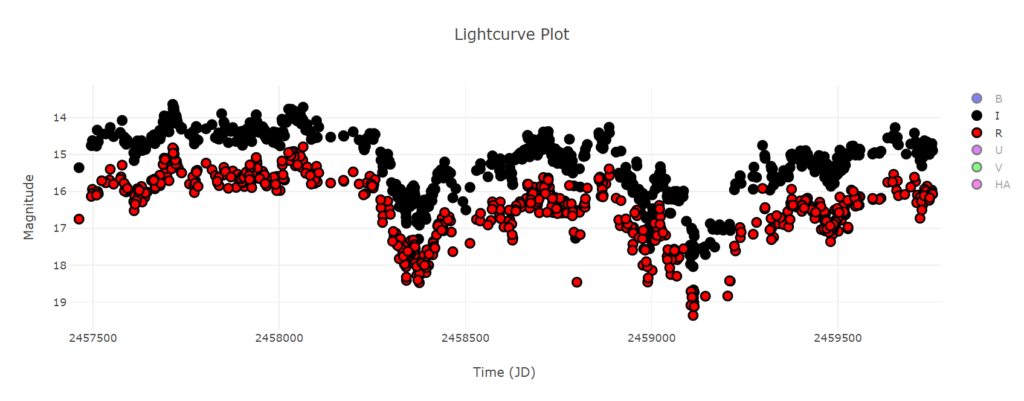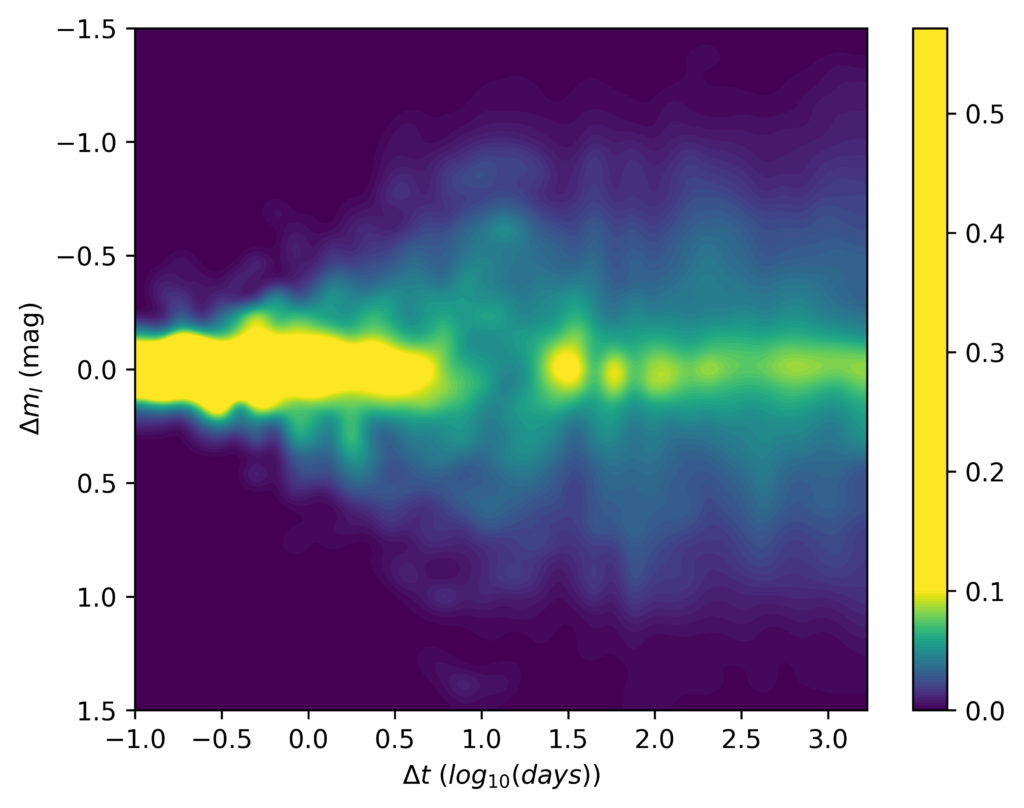
Characterising the inner accretion disks around young stars, coupled with numerical simulations is fundamental to understand how terrestrial planets form.
The student will study the initial conditions of the formation of terrestrial planets. This field has undergone a paradigm shift over the last 20 years, from practically zero to several thousand of well-characterised exoplanets, especially from dedicated missions like Kepler and TESS. Characterising the (inner) disks around young stars, coupled with numerical simulations is fundamental to understand how these planets form. This project will underpin these efforts. It will provide the first ever statistically accurate picture of the small-scale structure and evolution of the inner disks, and thus the initial conditions of the formation of terrestrial planets. This knowledge is essential for realistic planet formation numerical simulations and thus in turn will ultimately allow us to understand how Earth-like planets form.
The project will mainly utilise the data from our HOYS citizen science project. This is a long running (~8yr) collaboration of about 100 observatories (many amateur astronomers) worldwide. We will also use publically available data as well as proprietary material obtained via external collaborations (e.g. North-Phase). The student will characterise the light curves of young stars with dimming events caused by disk material (see example in figure below). Machine learning techniques will be employed to cluster these light curves into groups of star with similar variability behaviour. Comparisons with numerical disk models will be utilised to validate them and to constrain the small-scale structure in the disks, and thus the initial conditions of planet formation in the inner disks.


Figure: Upper Panel: Example of a HOYS light curve of a young star that shows variability due to disk material moving in and out of the line of sight due to orbital motion. Lower Panel: Example variability fingerprint of a young star. This describes the probability that a star changes its brightness by a given amount when observed twice with a time interval in-between.
For more details and discussion of the project contact Dr Dirk Froebrich.